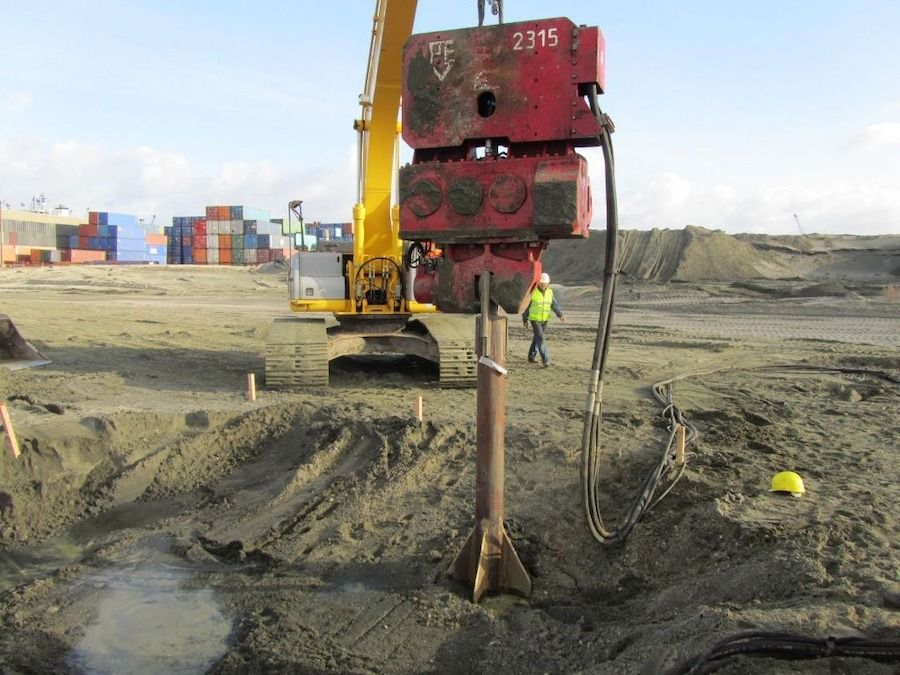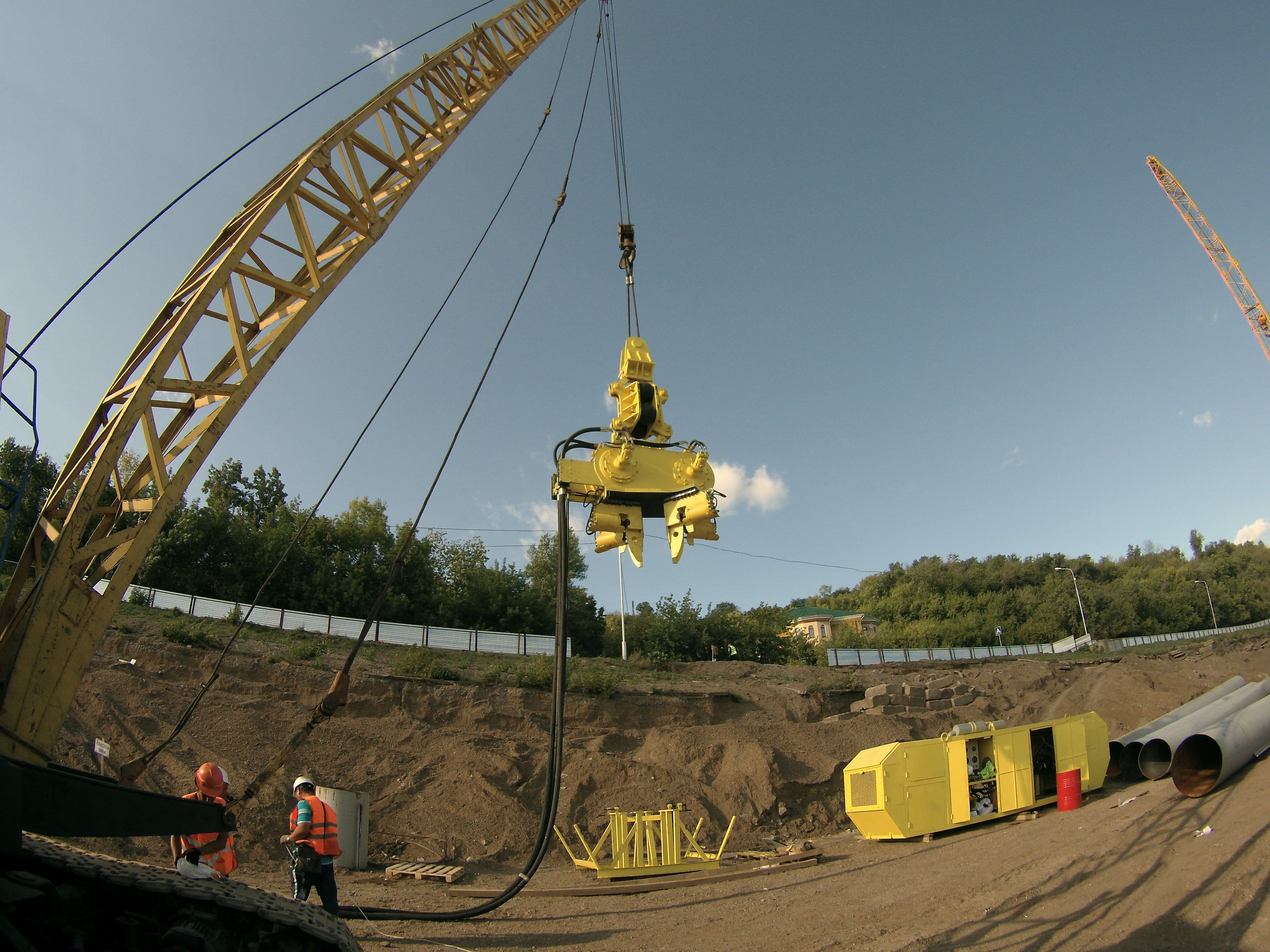Pile driving is one of the most high-risk activities in the construction world. With heavy machinery, high-impact equipment, and unpredictable site conditions, ensuring crew safety isn’t just a priority—it’s a necessity. Whether you're working on a marine foundation, bridge piling, or urban support system, these five safety practices can help prevent injuries and downtime on your jobsite.
At Pile Driving USA, we emphasize safety at every stage. Here’s what every pile driving crew should follow on-site.
Personal Protective Equipment (PPE)
PPE is the first and most visible layer of defense for pile driving crews. Each member on-site should be equipped with:
- Hard hats: ANSI-certified, securely fitted
- Safety glasses or face shields: Especially near grinding, welding, or pile impact areas
- Steel-toed boots: For protection from falling tools or materials
- Hi-vis vests and reflective gear: To stay visible around large machinery
- Gloves: Cut-resistant or neoprene gloves for handling steel piles or coated materials
- Life jackets: Required for marine or waterfront projects
Best Practice: Conduct daily PPE checks before shift starts.
Proper Machine Positioning
Incorrect rig or crane placement can cause tipping, collapse, or crew exposure to high-risk zones. To prevent incidents:
- Position pile-driving rigs on stable, level ground
- Use outriggers or cribbing for extra support on soft or uneven surfaces
- Maintain a safe clear zone around the hammer and suspended pile
- Ensure operators and workers stay upwind of exhaust and debris
Even small positional misjudgments can lead to massive mechanical failures—always verify ground bearing capacity and clearances before setup.
Crew Coordination and Communication
Teamwork and communication are critical when moving massive loads and operating impact hammers. To stay aligned:
- Use qualified signal persons to direct operations
- Establish hand signals or two-way radios for consistent messaging
- Only authorized crew should enter the pile driving area
- Maintain an enforced exclusion zone during driving operations
Routine Site and Equipment Inspections
Unchecked wear or site hazards can lead to catastrophic failure. Crews should:
- Conduct daily walkarounds to identify debris, unstable ground, or low-hanging power lines
- Inspect hammers, clamps, cushion blocks, hoses, and fittings before each use
- Confirm all safety pins, chains, and guards are secure
- Check emergency shut-offs and control systems for responsiveness
Keep inspection logs to ensure accountability and regulatory compliance.
Hazard Awareness and Ongoing Training
Sites change constantly—and so do the risks. Ongoing awareness is vital:
- Identify underground utilities, buried obstructions, and overhead hazards before pile driving begins
- Train new and experienced workers regularly on emergency response, spotting signs of failure, and environmental hazards
- Use spotters or monitors during pile movement, especially in crowded or constrained environments
- Review updates in OSHA and state regulations specific to pile driving and foundation work
Summary: Safety Isn’t Optional—It’s Built In
| Safety Practice | Why It Matters |
|---|---|
| PPE | Protects crew from physical and environmental hazards |
| Machine Positioning | Prevents tipping, collapse, or unsafe exposure |
| Crew Coordination | Ensures smooth, safe execution of heavy movements |
| Site & Equipment Inspections | Prevents accidents due to wear or poor conditions |
| Hazard Awareness & Training | Keeps crews responsive to changing jobsite risks |
FAQs
Pile driving PPE includes hard hats, safety glasses, steel-toe boots, gloves, high-visibility vests, and life jackets for marine work. Specialized hearing protection may be needed near impact hammers.
Pile driving equipment should be set on level, compacted ground with cribbing or outrigger support as needed. Operators should be positioned safely outside of the impact or fall zone.
Daily inspections help catch worn components, fluid leaks, unsecured guards, and shifting ground conditions—preventing downtime and serious accidents.
Crews rely on trained signalers, consistent hand signals, exclusion zones, and pre-task briefings to ensure everyone knows their role and maintains safe distances.
Top hazards include falling materials, equipment failure, entrapment, excessive vibration, buried utilities, and unstable soil conditions.




